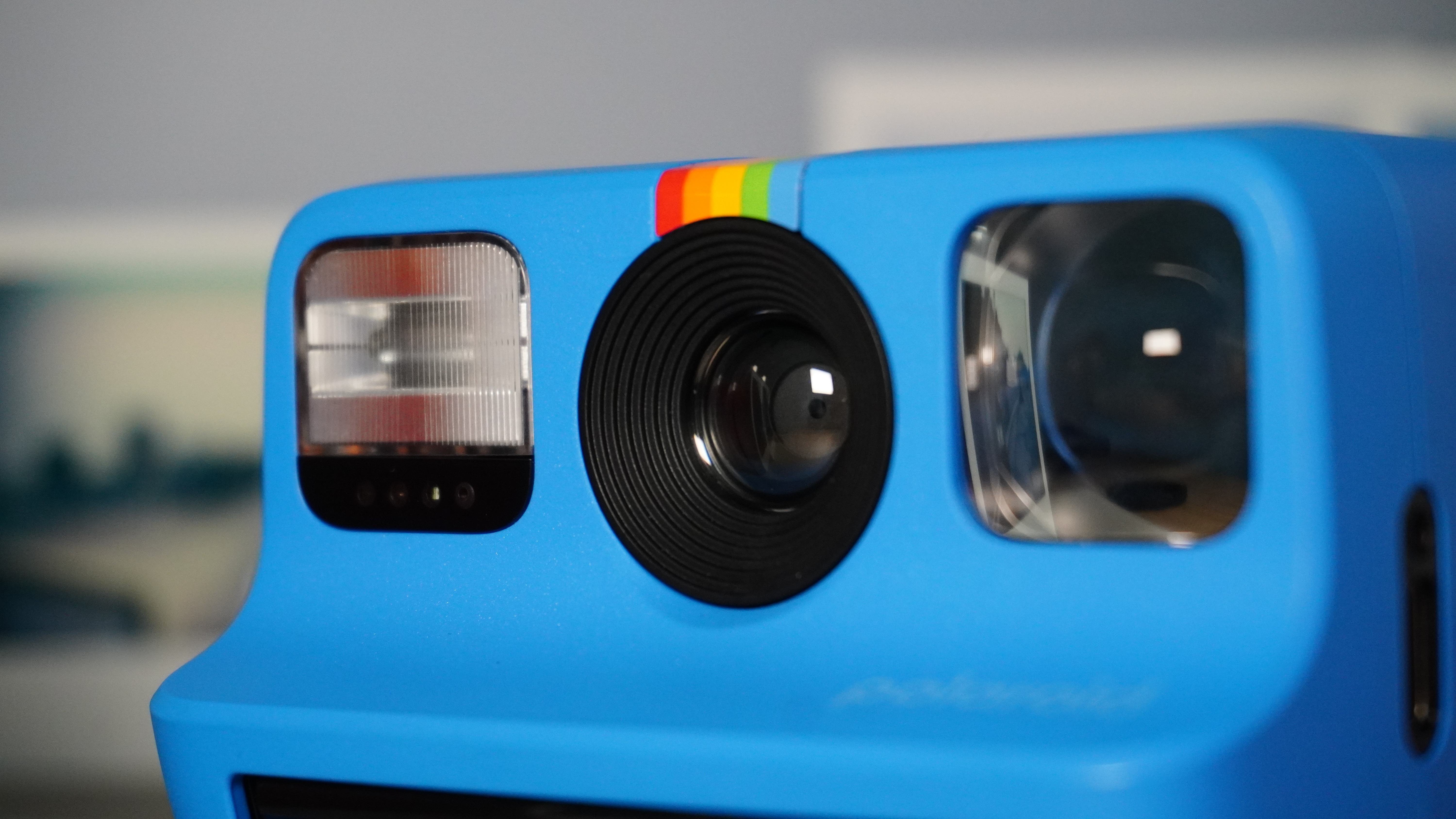Cameras
The latest Cameras breaking news, comment, reviews and features from the experts at T3
Explore Cameras
-
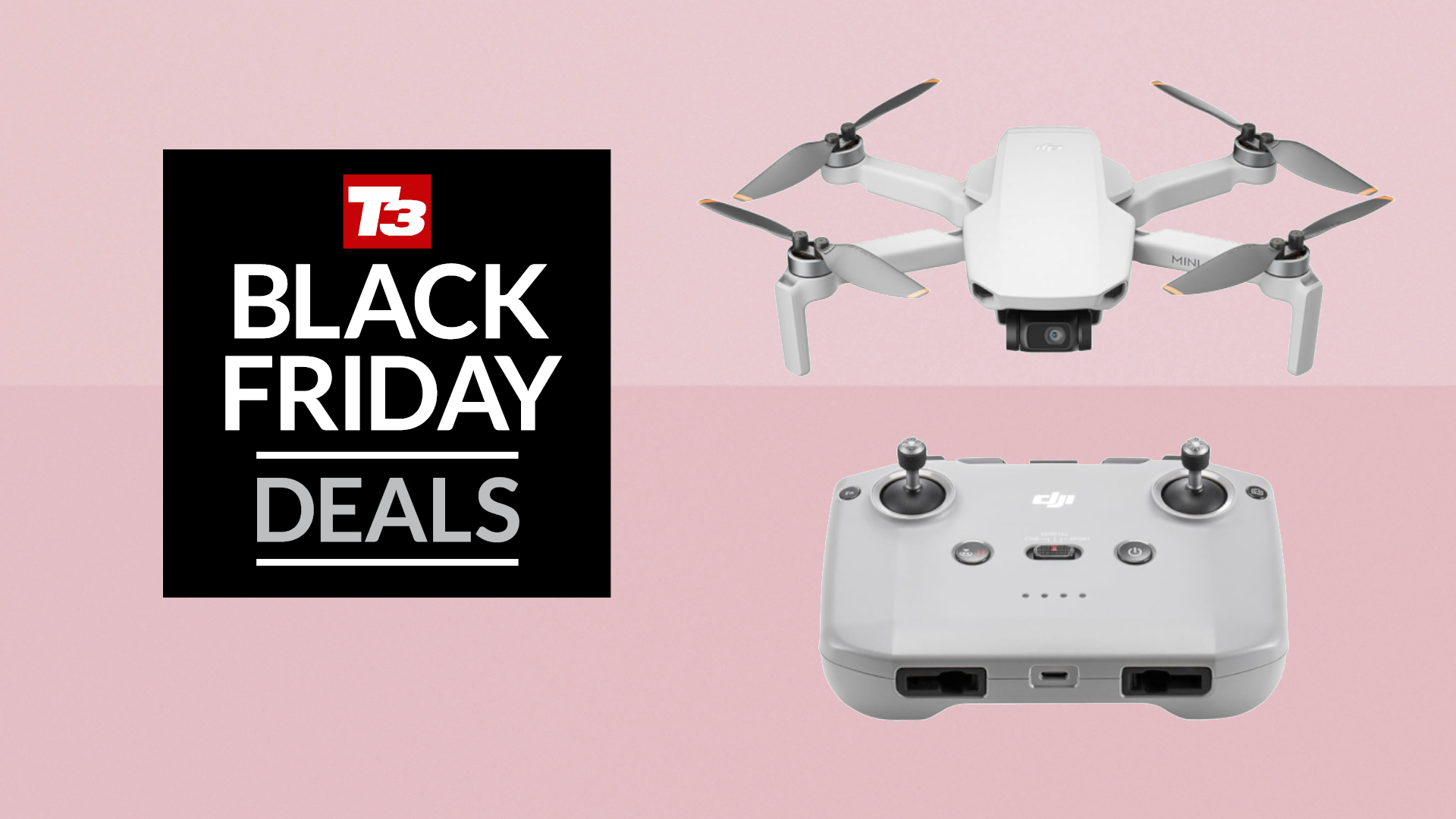
The DJI drone that most beginner pilots buy has fallen to an all-time low price
The DJI Mini 4K is a sub-249-gram drone – perfect for anyone looking to dip their toe into the world of aerial videography
By Bryony Firth-Bernard Published
-
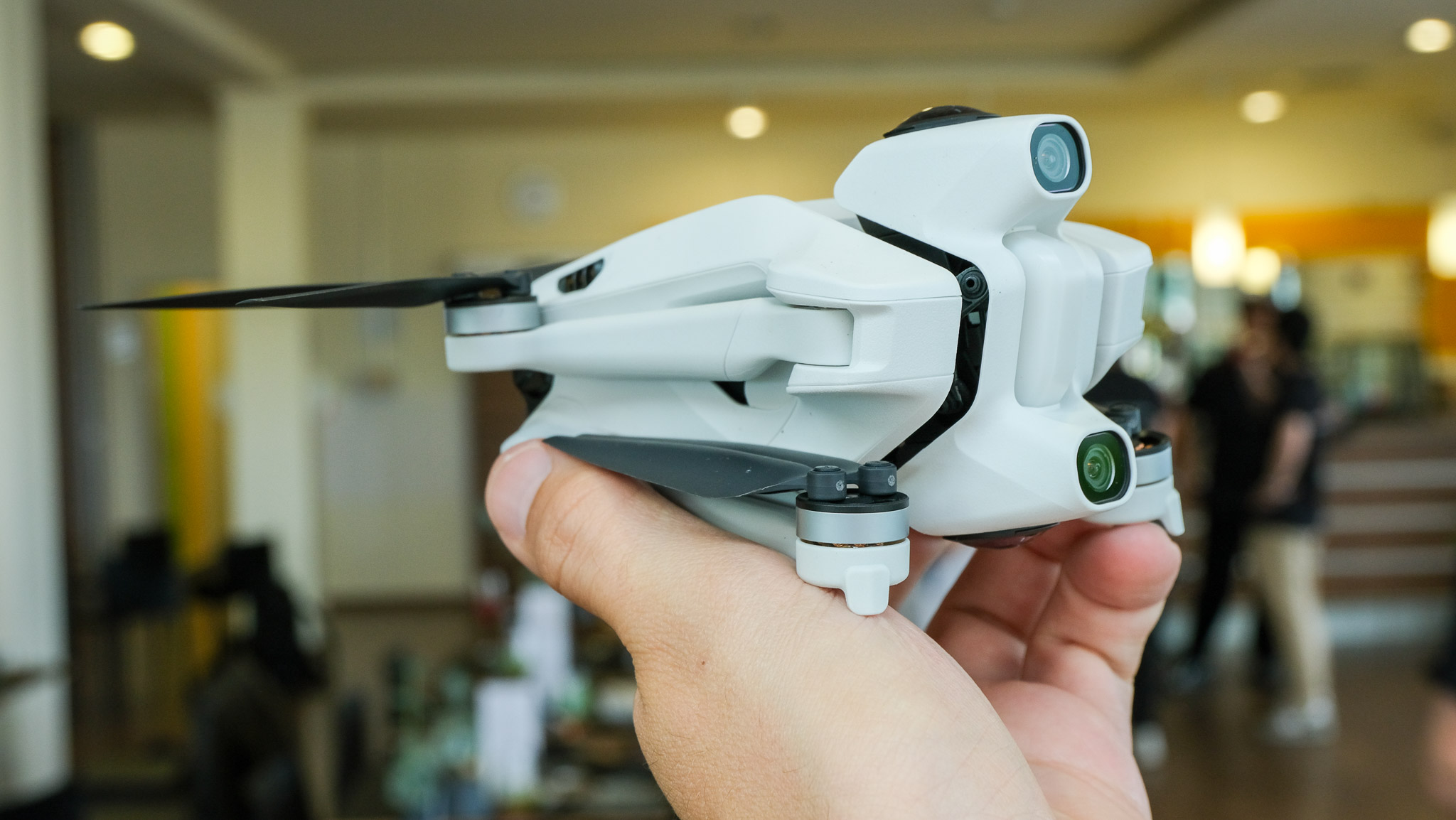
DJI-rival Antigravity locks in the launch date for its A1 drone and fans of 360º action cameras will want to tune in
The brand will unveil its world-first drone in a little over a week
By Matt Kollat Published
-
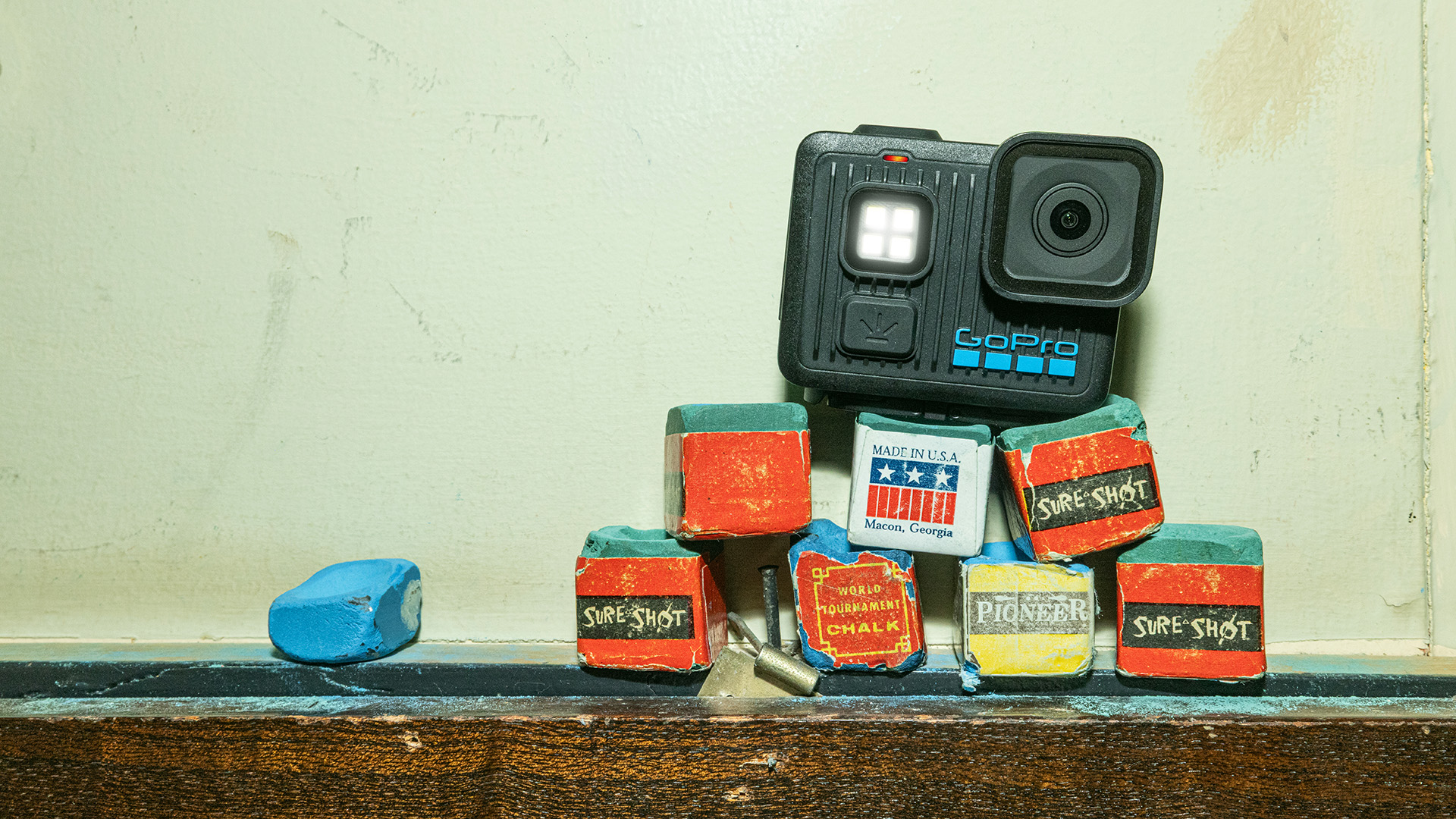
Best cheap GoPro deals for November 2025 and Black Friday: Capture the savings
Because buying the best action cams shouldn't cost the earth
By Matt Kollat Last updated
-
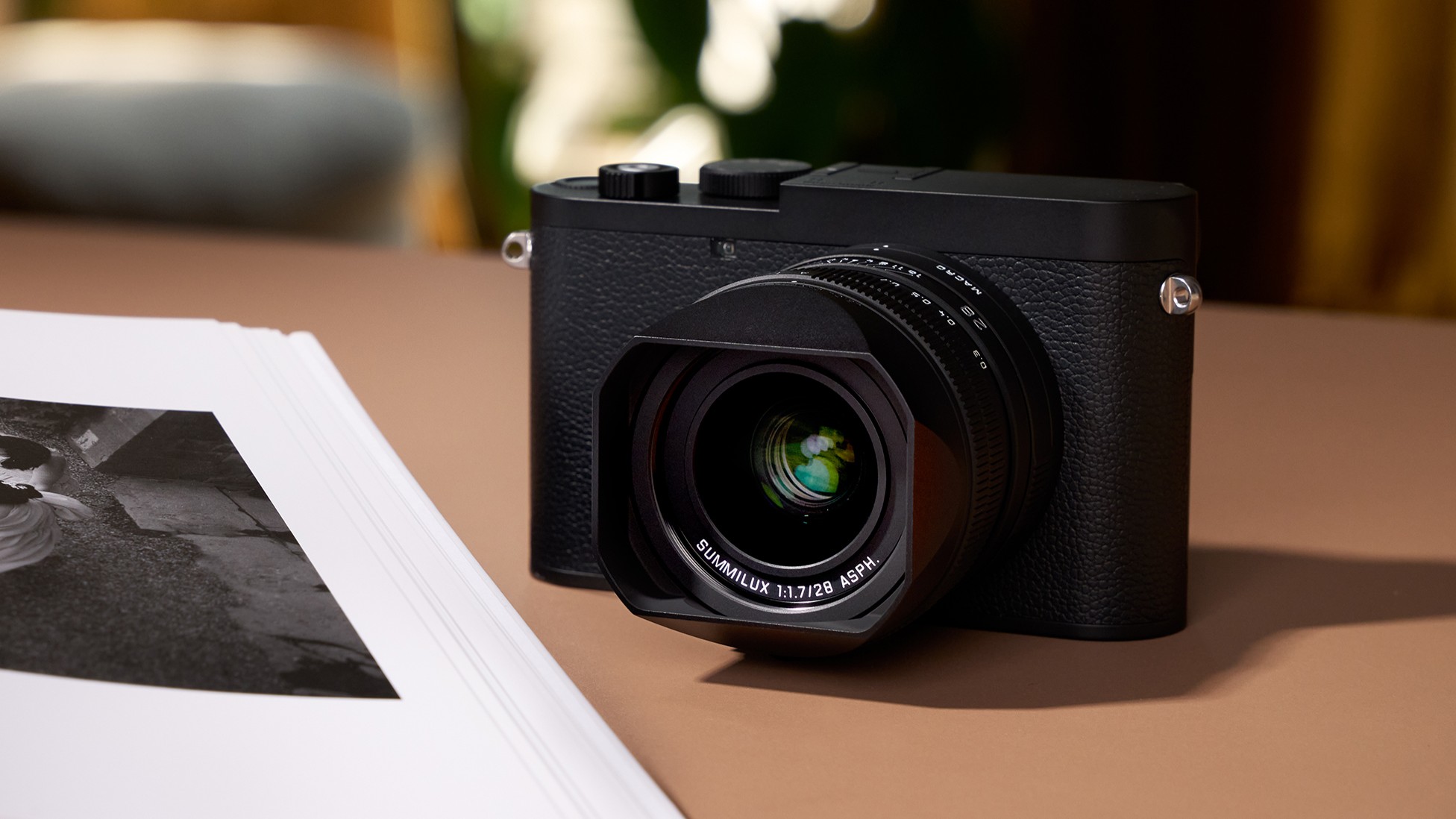
Leica Q3 Monochrom embraces the absence of colour
The popular camera is back with a black and white only version
By Sam Cross Published
-
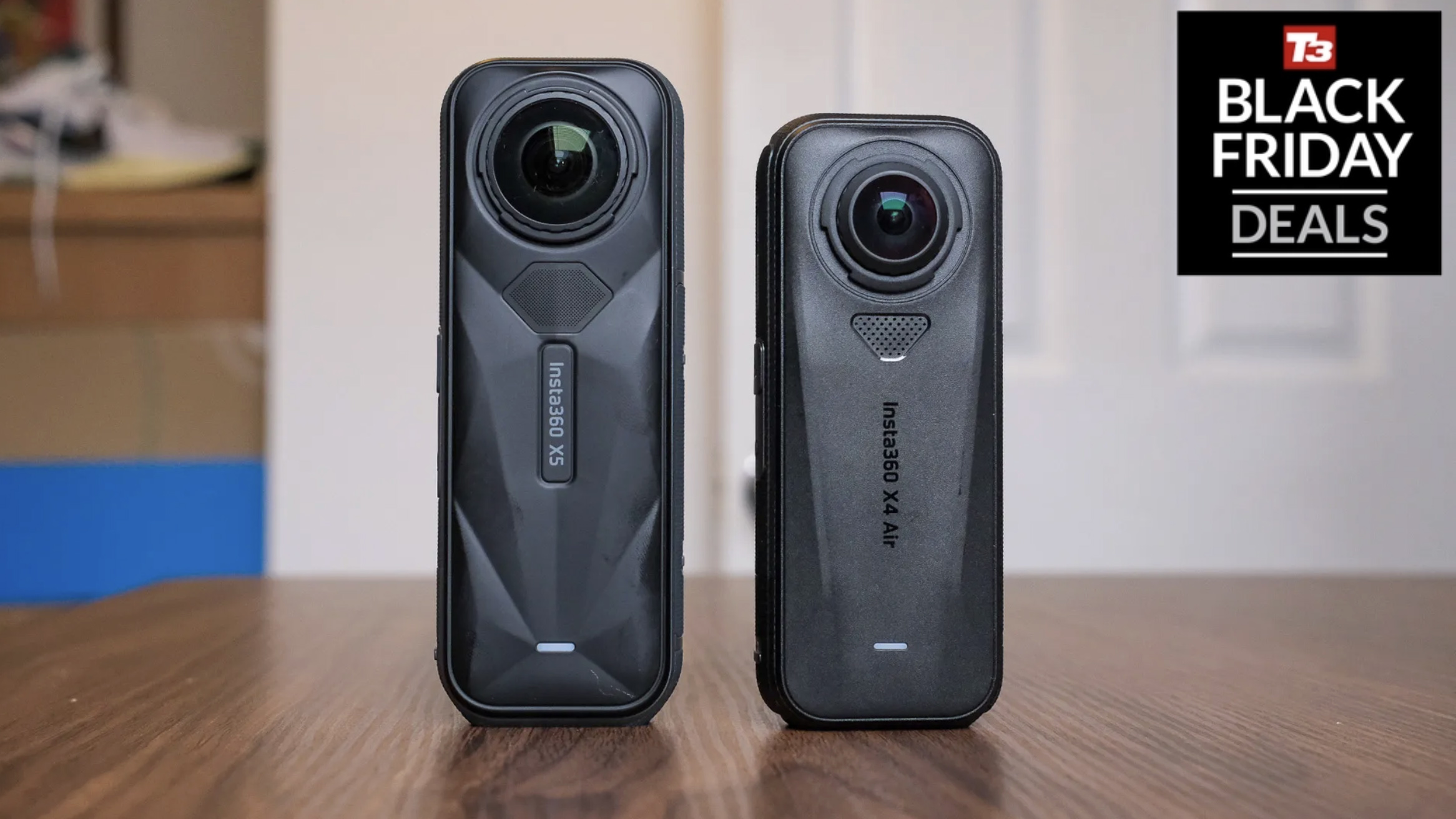
Best cheap Insta360 deals for November 2025 and Black Friday
Save big on Insta360’s best cameras, from flagship 360 shooters to pocket-sized powerhouses
By Matt Kollat Last updated
-
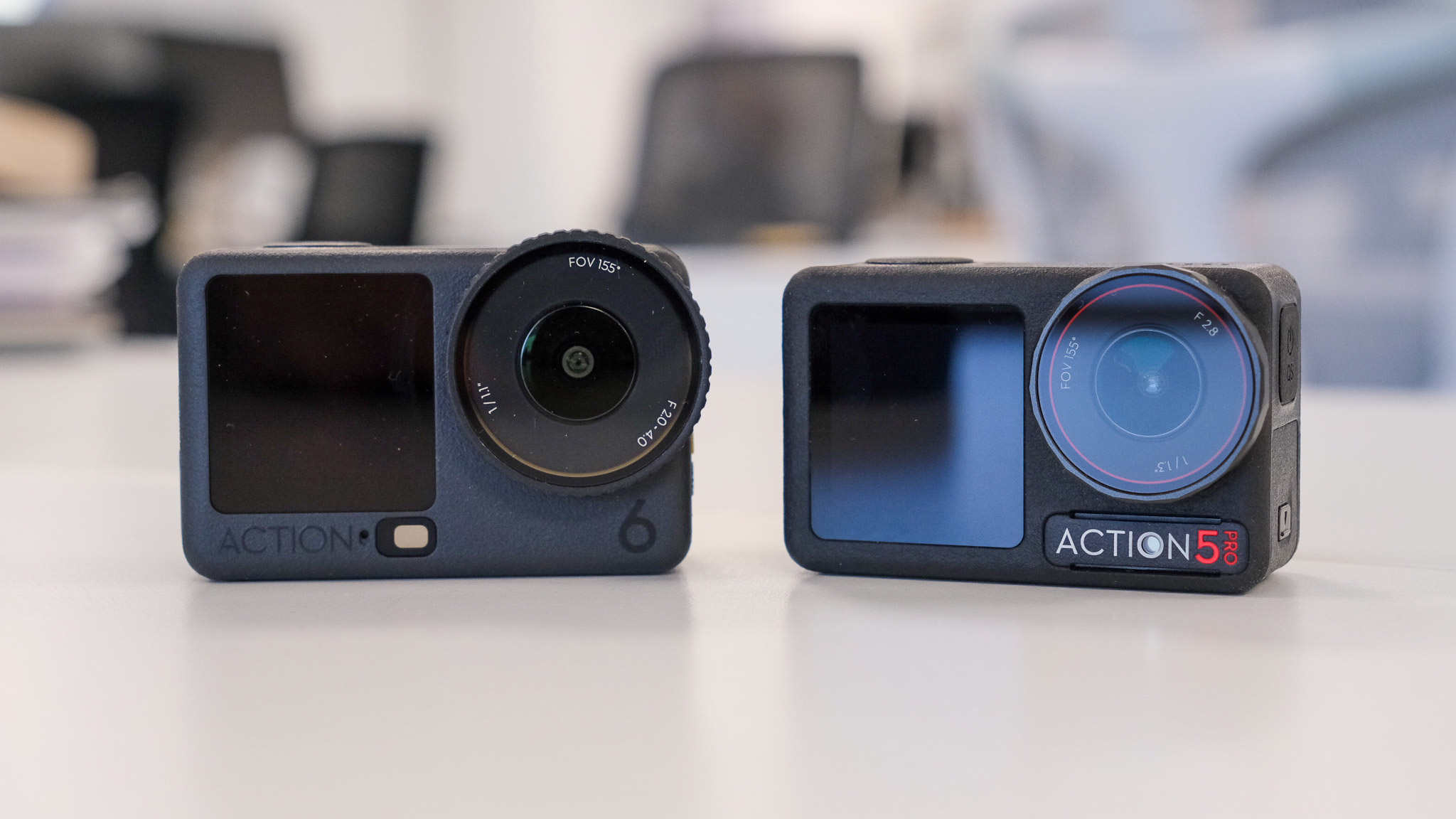
DJI Osmo Action 6 vs Action 5 Pro: worth the upgrade?
More power, more control and a whole new way to shoot, but is the Action 6 worth the extra money?
By Matt Kollat Published
-
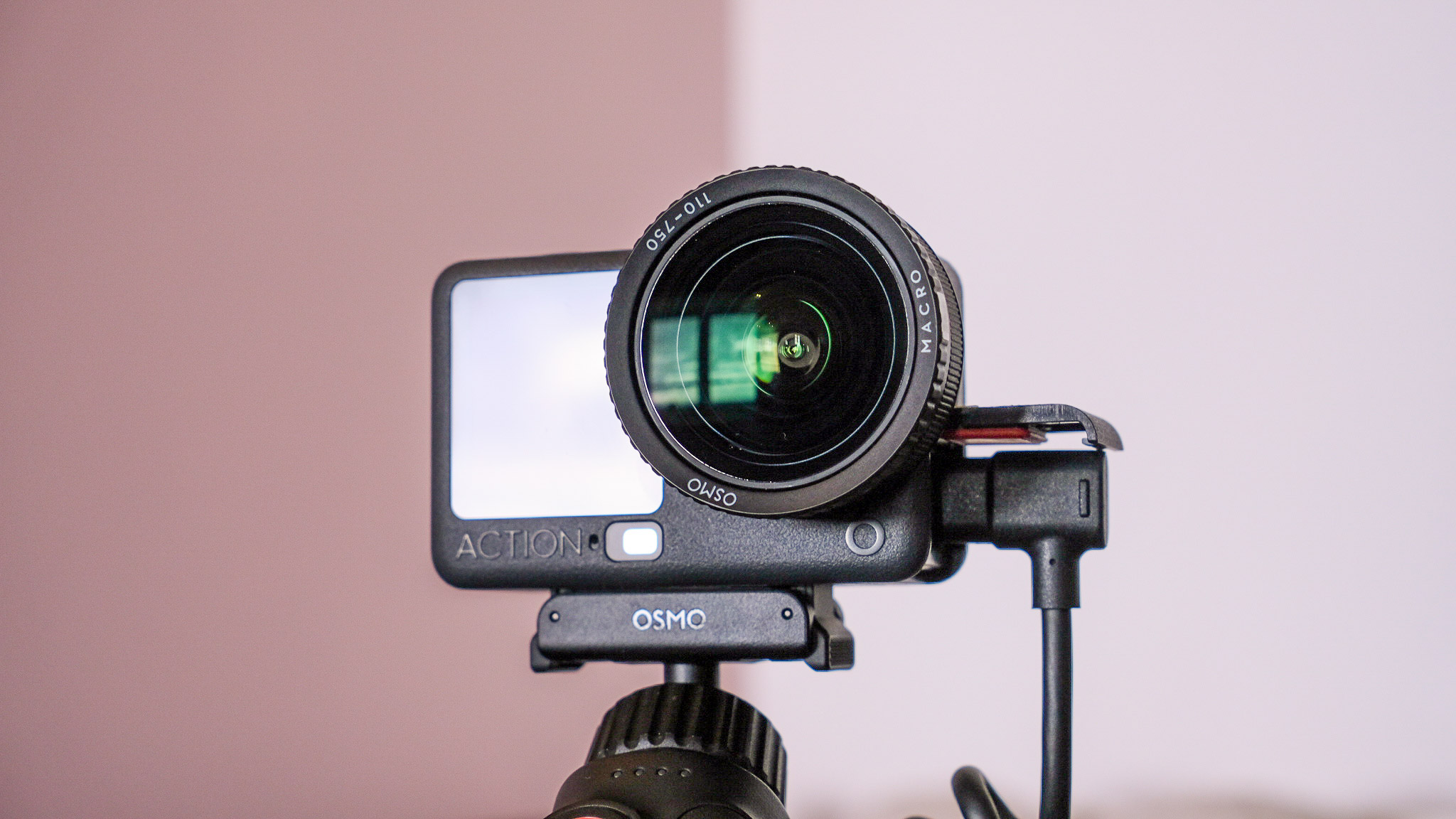
DJI Osmo Action 6 review: Is DJI’s most advanced action cam worth it?
A feature-packed, low-light-friendly action camera that pushes the series into pro territory with smarter optics and swappable lenses
By Matt Kollat Published
-
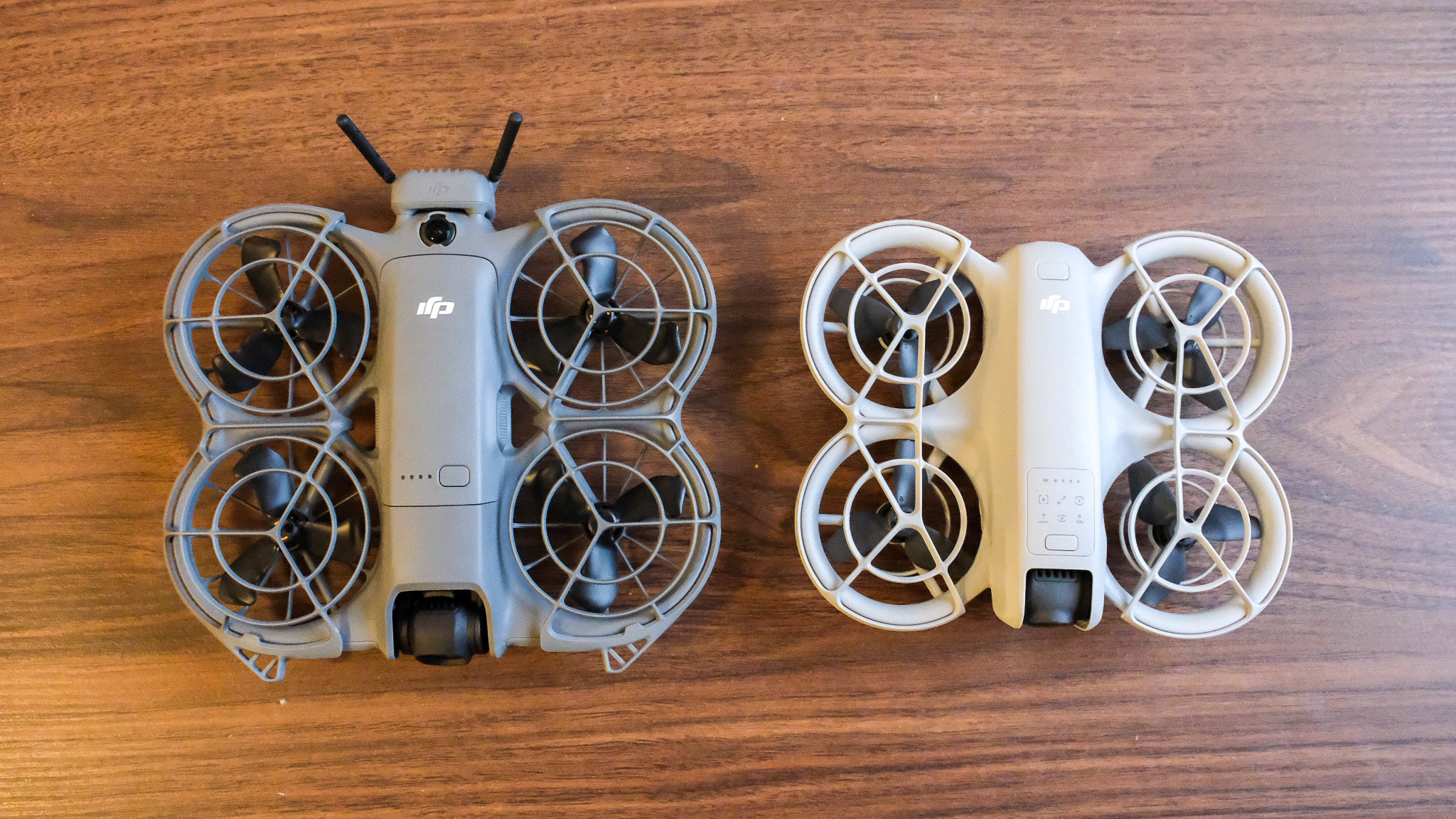
DJI Neo 2 vs DJI Neo: worth the upgrade?
DJI’s most approachable drone just got a big upgrade, but do the Neo 2’s new sensors, gimbal and controls really justify the higher price?
By Matt Kollat Published
-
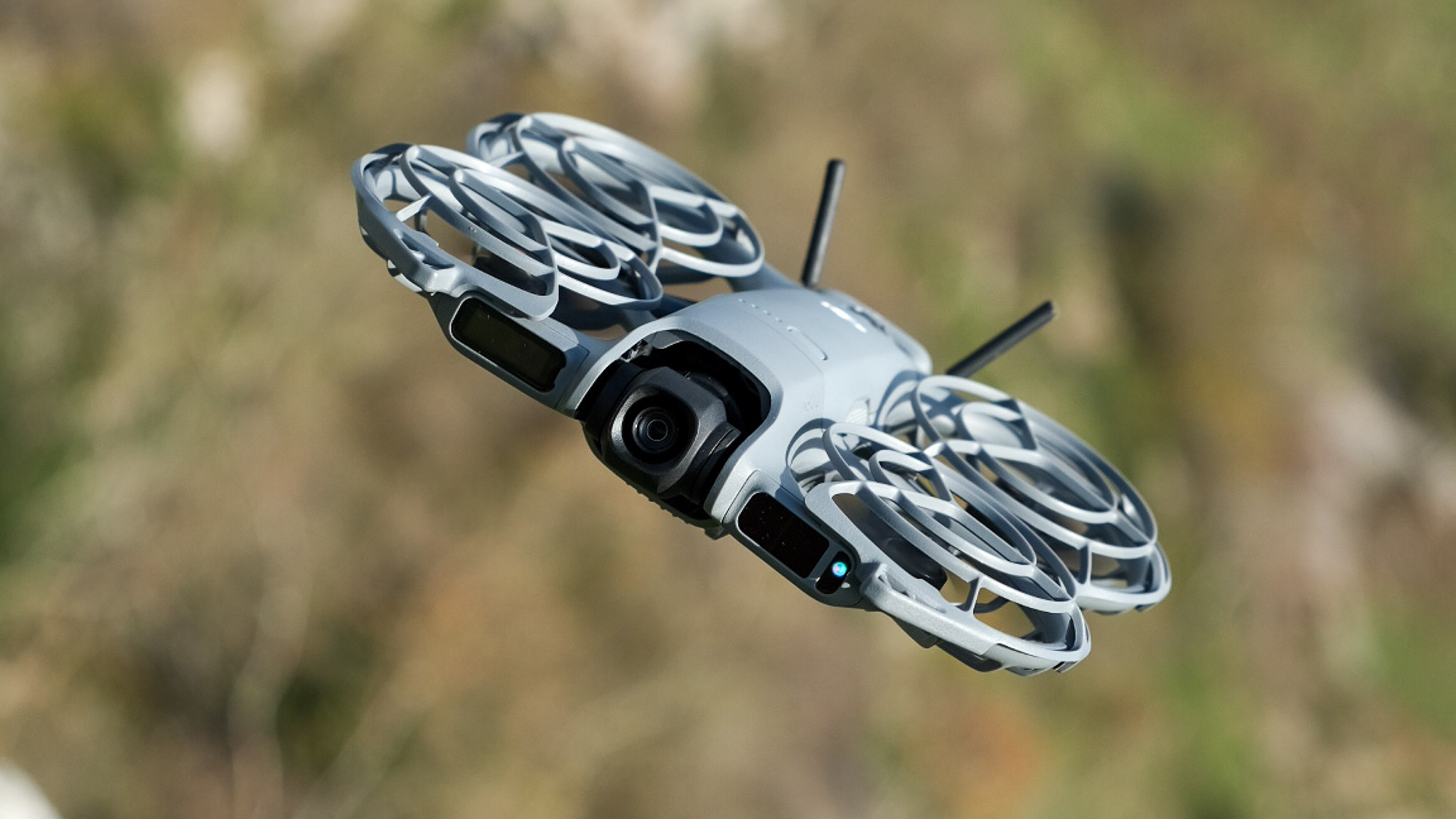
DJI Neo 2 review: The best beginner drone just got sharper, smarter and safer
The world’s best drone maker returns with a smarter, safer, and more cinematic upgrade to its lightest flyer yet
By Matt Kollat Published
-
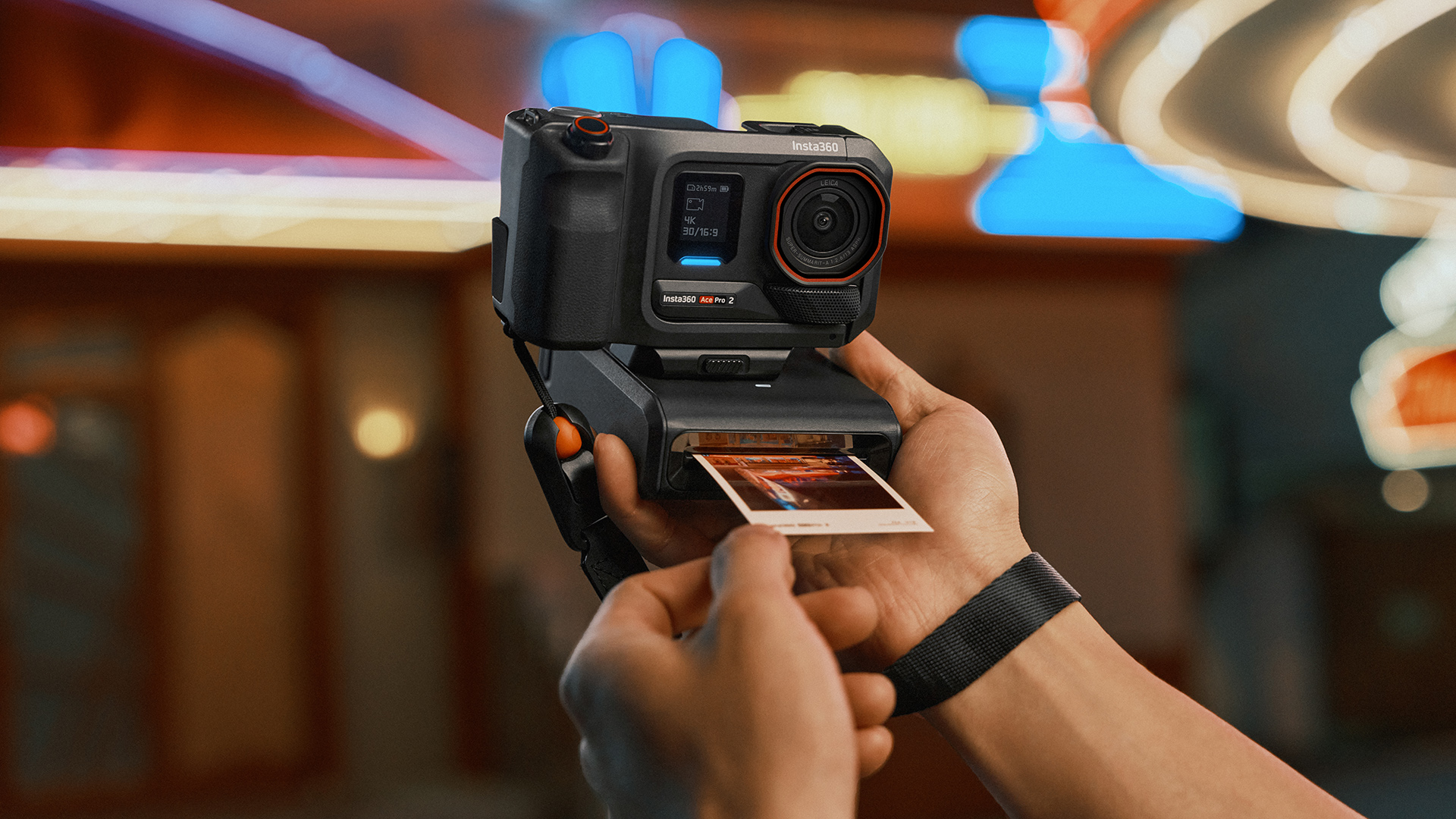
Insta360 just went full Polaroid with a printer for its action camera
The brand’s Leica-powered action camera gets four new bundles, including a first-of-its-kind Pocket Printer for instant photo prints
By Matt Kollat Published
-
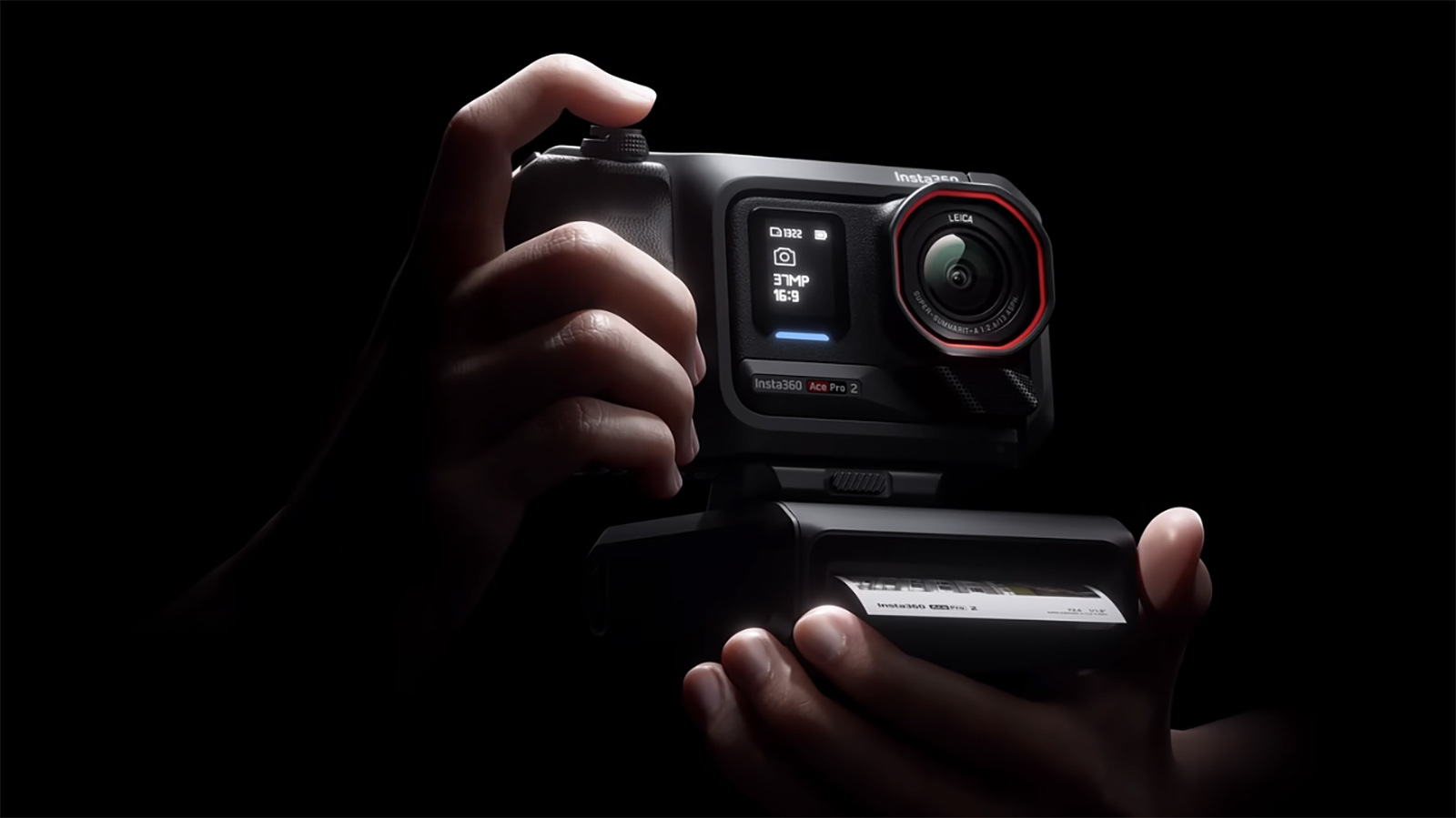
Did Insta360 just build the first action camera that prints your photos instantly?
Insta360 teases a mysterious Ace Pro 2 accessory that could blend instant photography with action shooting
By Matt Kollat Published
-
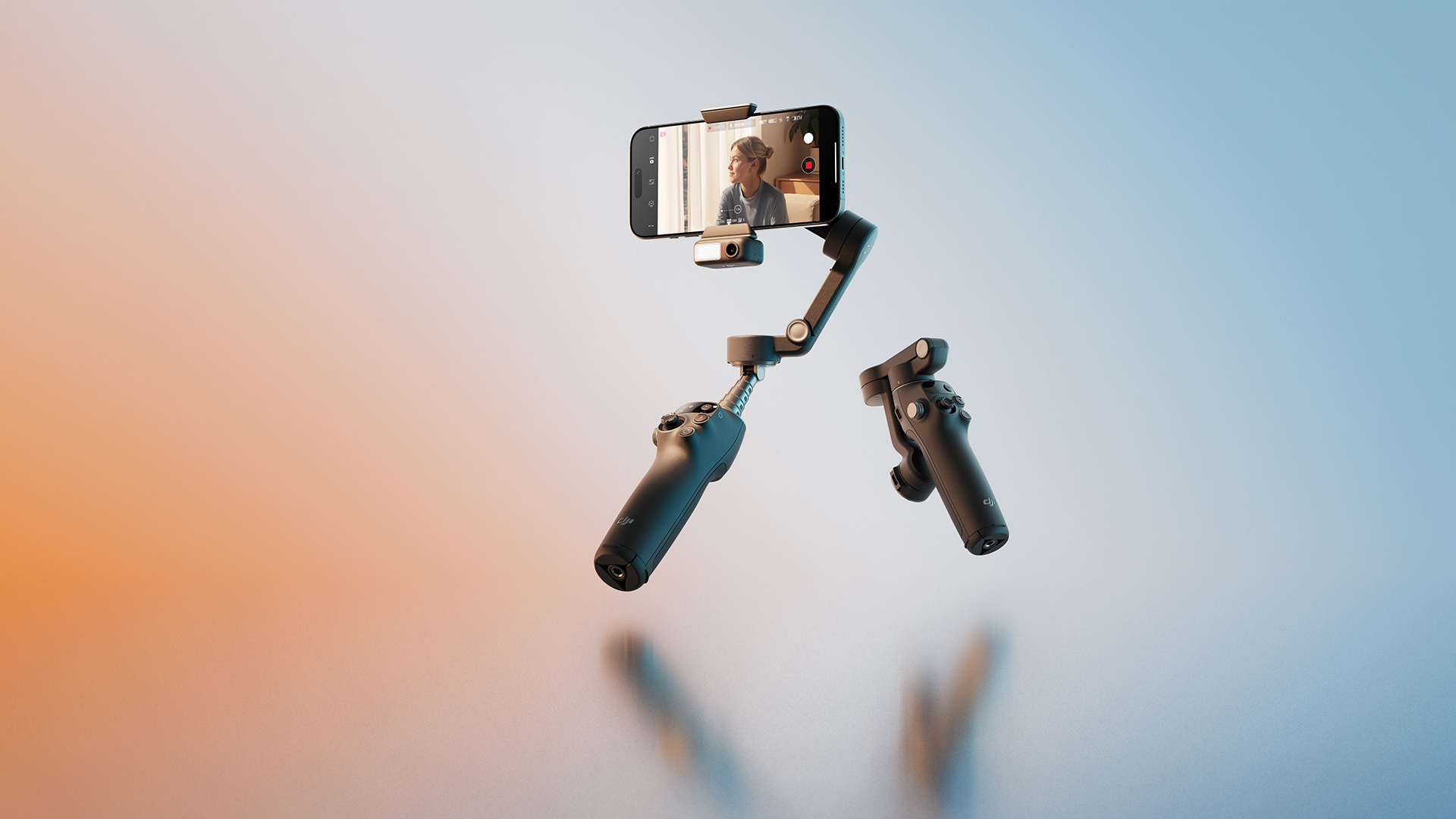
DJI levels up mobile filmmaking with new Osmo Mobile 8 which can track your pets and spin 360 degrees
The brand's latest smartphone gimbal adds pet tracking, Apple DockKit compatibility and full 360° pan rotation for smoother, more cinematic footage
By Matt Kollat Published
-
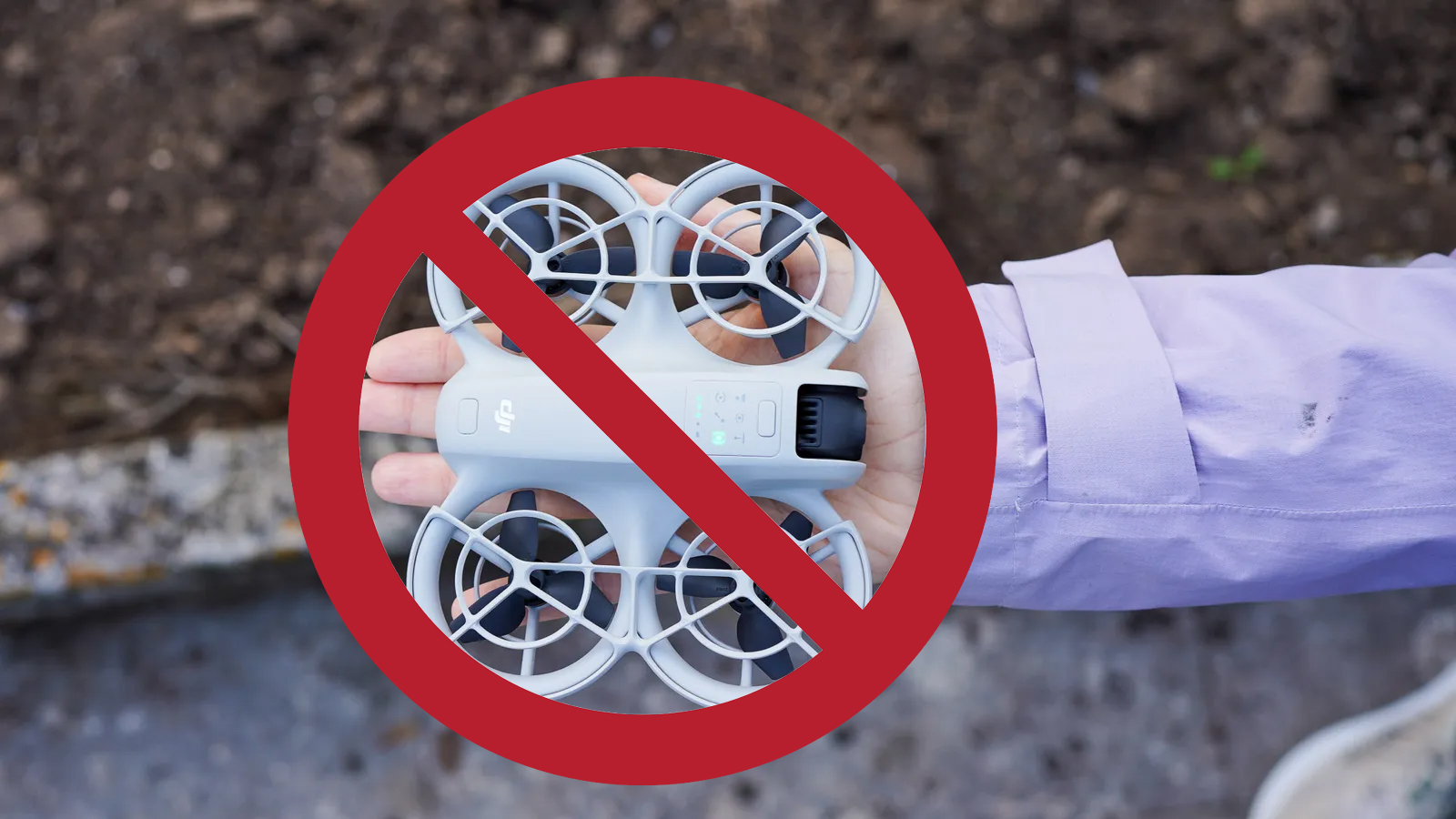
Thinking of buying a DJI drone before the potential US ban? Here’s what you should know
The skies are still open to hobbyists despite growing talk of a DJI ban in the US
By Matt Kollat Published
-
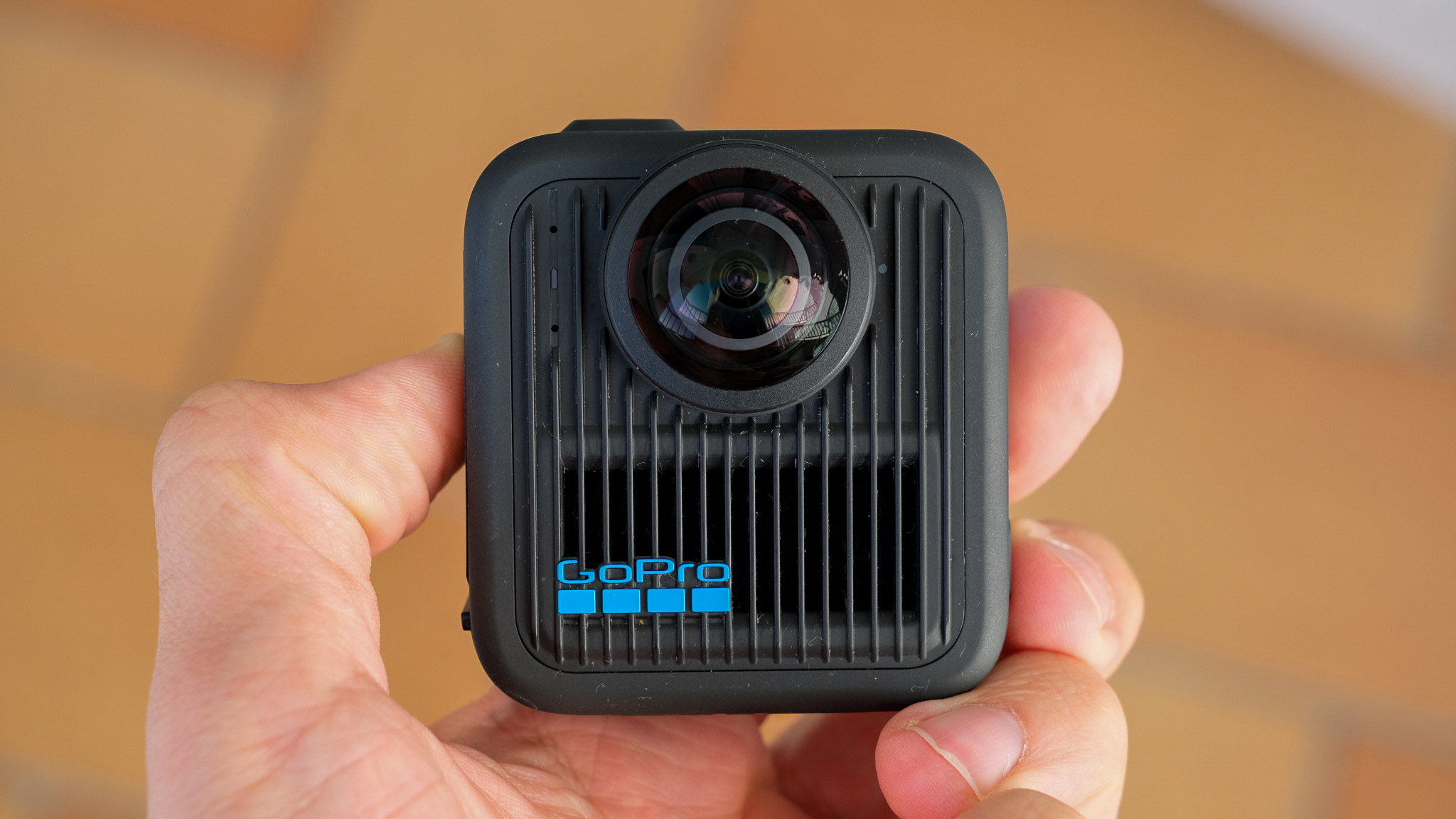
“2026 will be the year of GP3”: GoPro CEO teases new flagship cameras, AI ambitions and a major comeback year
The action camera pioneer says the next 12 months will ‘take GoPro and the industry to the next level’ as it preps a new processor, a new product lineup and a new chapter
By Matt Kollat Published
-
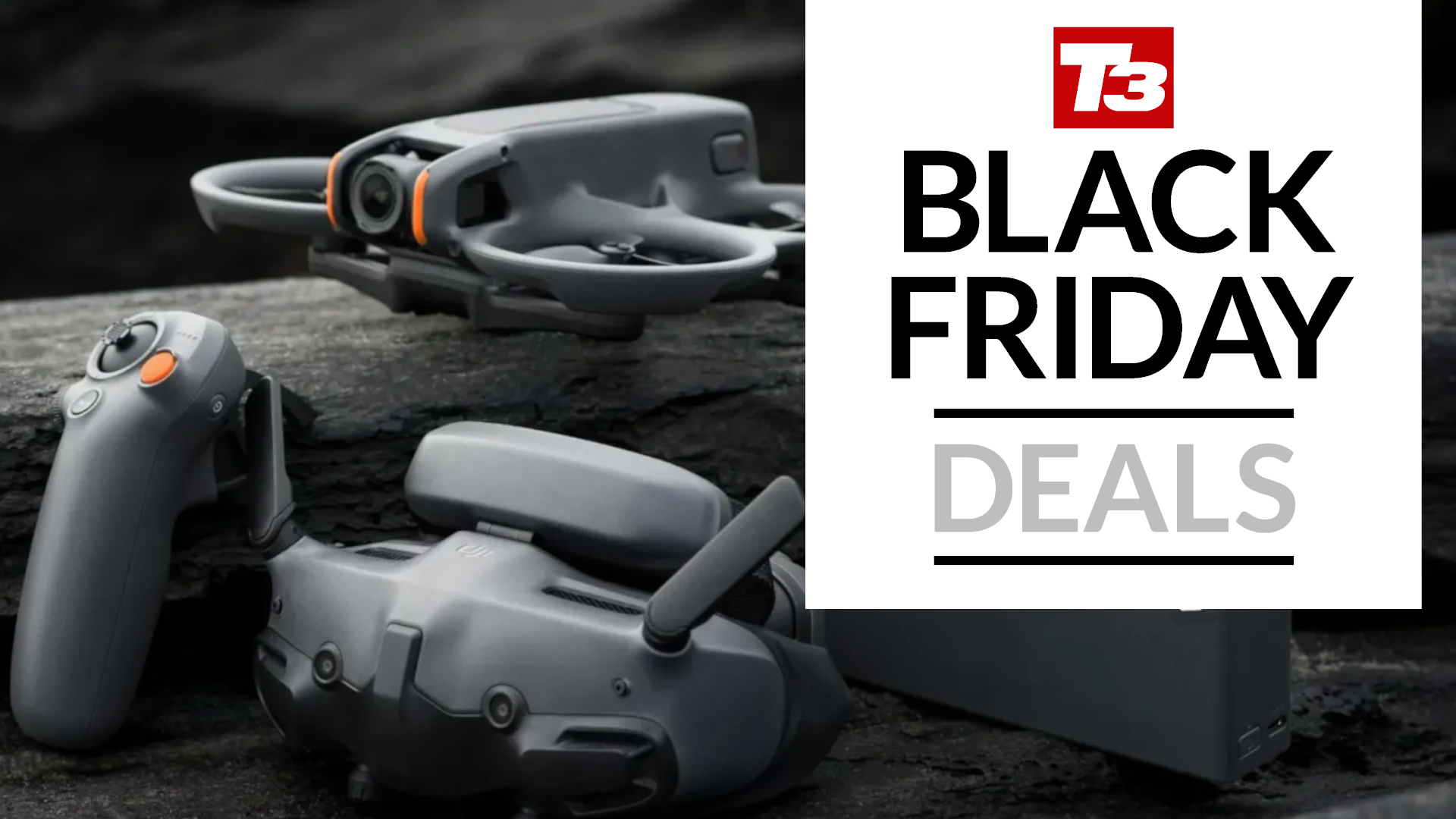
DJI’s ultimate FPV drone bundle just dropped to an all-time low price – don’t let it drift away
The DJI Avata 2 Fly More Combo is the best bundle for those looking for an immersive flying experience
By Bryony Firth-Bernard Published
-
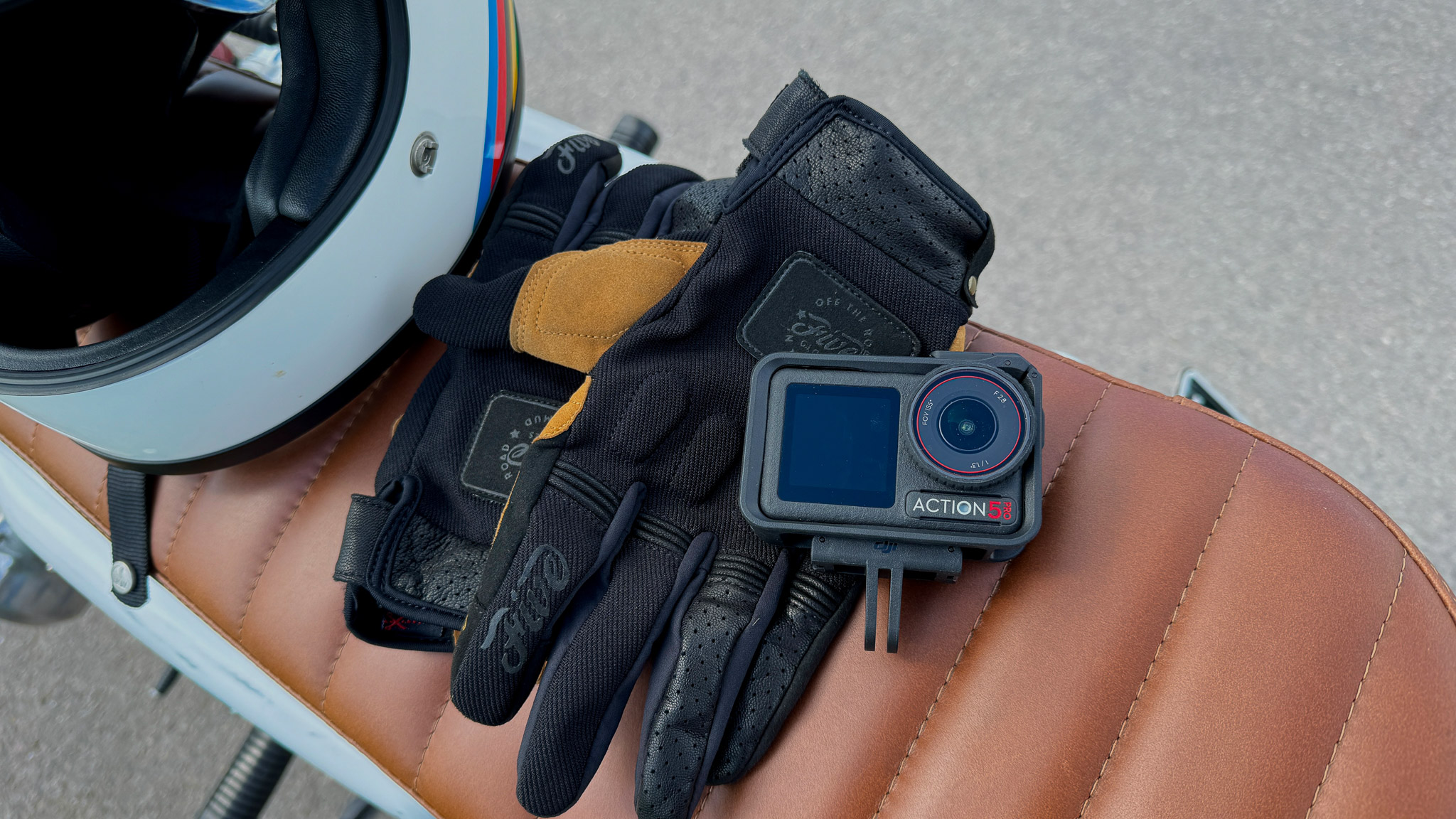
DJI Osmo Action 5 Pro review: Low-light legend with top-tier image quality
Updated action cam ushers in better low-light performance, improved battery life and dual OLED touchscreens
By Leon Poultney Last updated
-
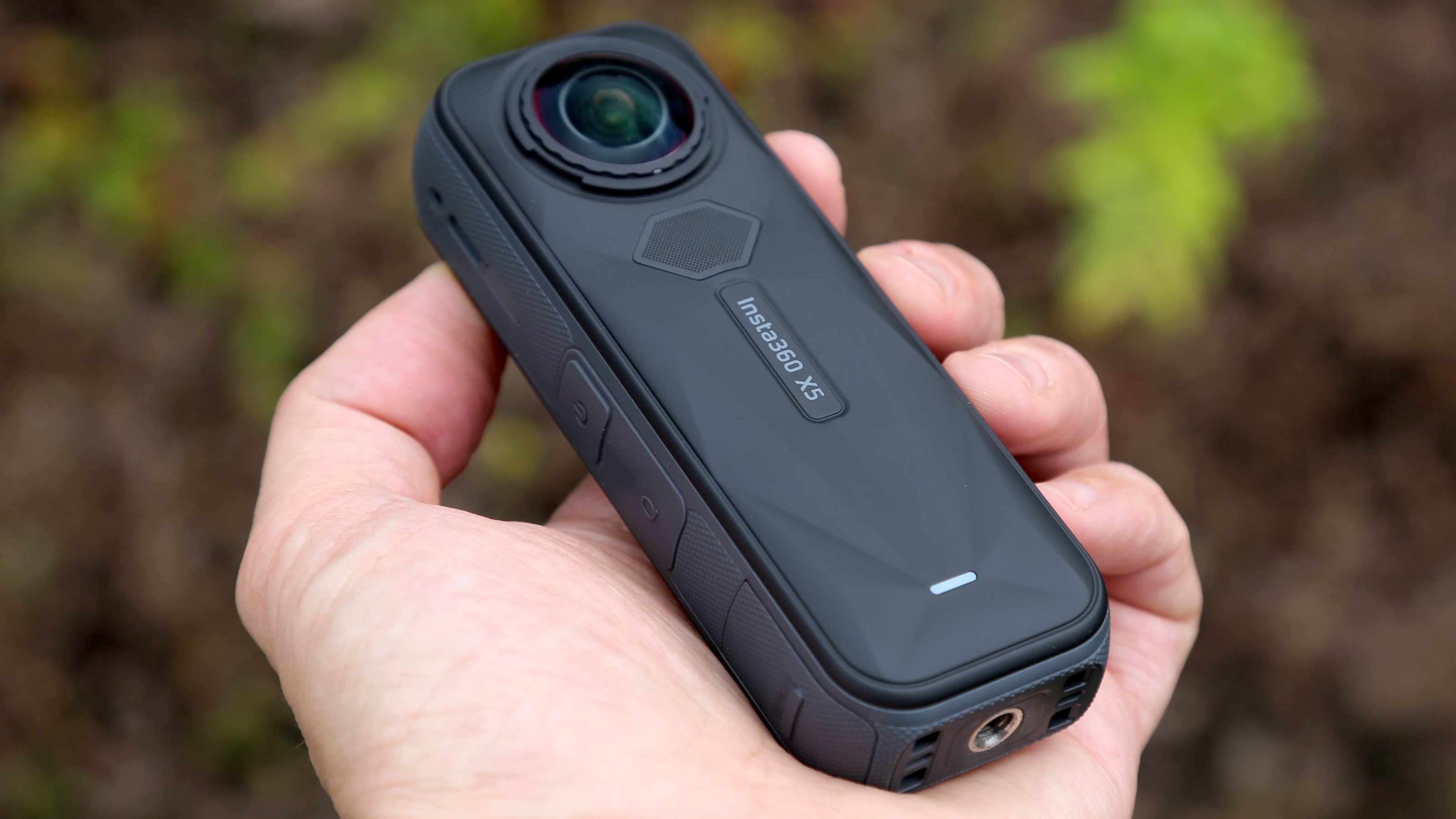
Insta360 X5 review: Smarter design, sharper video, superior low-light
Insta360's latest marvel inches further ahead in the 360-degree camera market
By Jamie Carter Last updated
-

DJI teases its next launch for November and it looks suspiciously like a new action camera
The teaser reveals an adjustable aperture lens, hinting at DJI’s most advanced action camera yet
By Matt Kollat Published
-
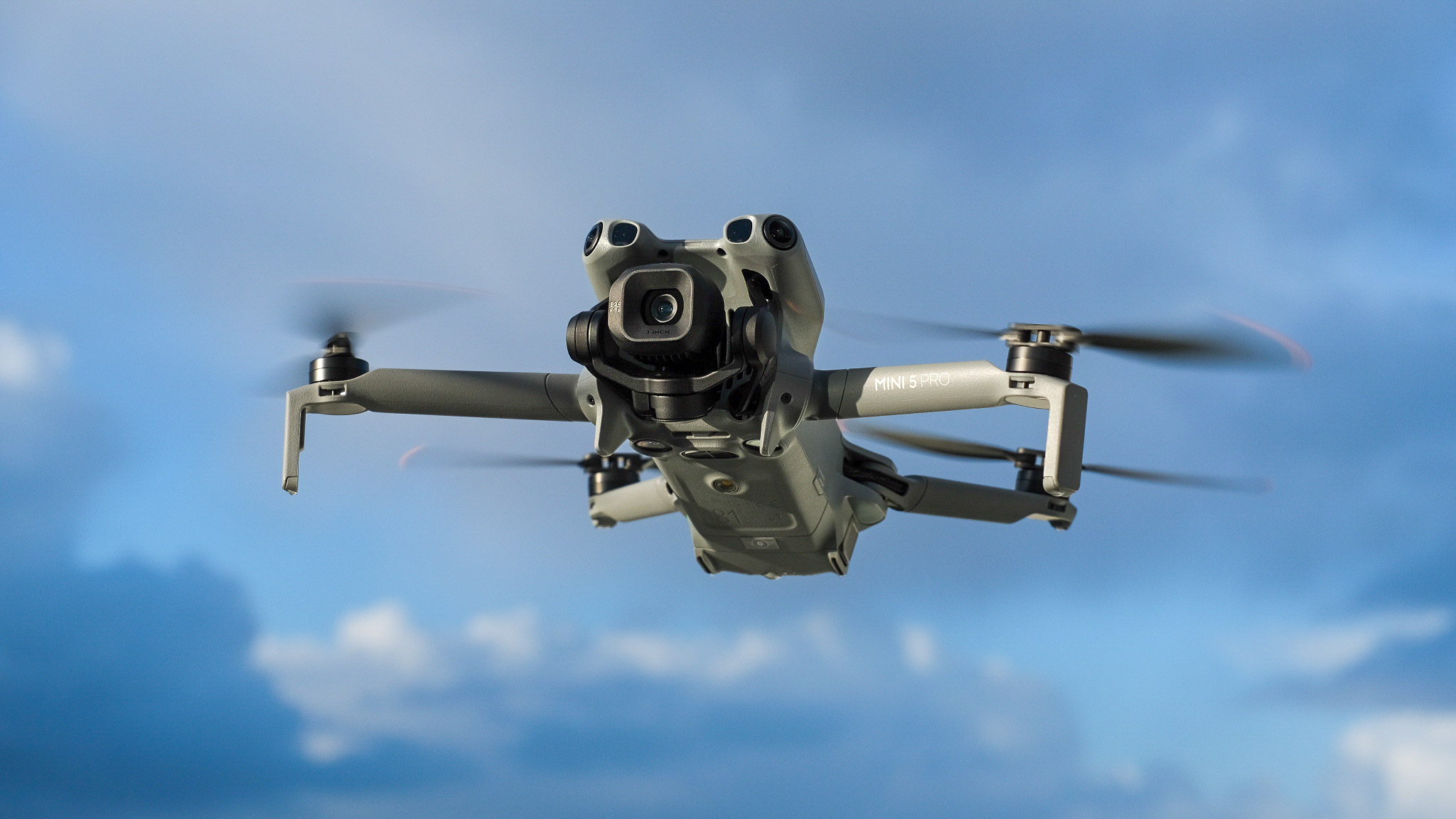
DJI Mini 5 Pro review: the best Mini yet, but no longer truly sub-250 g
2025's Mini delivers breathtaking footage, next-level stability, and serious power, but a few extra grams could change how you fly it
By Matt Kollat Published
-
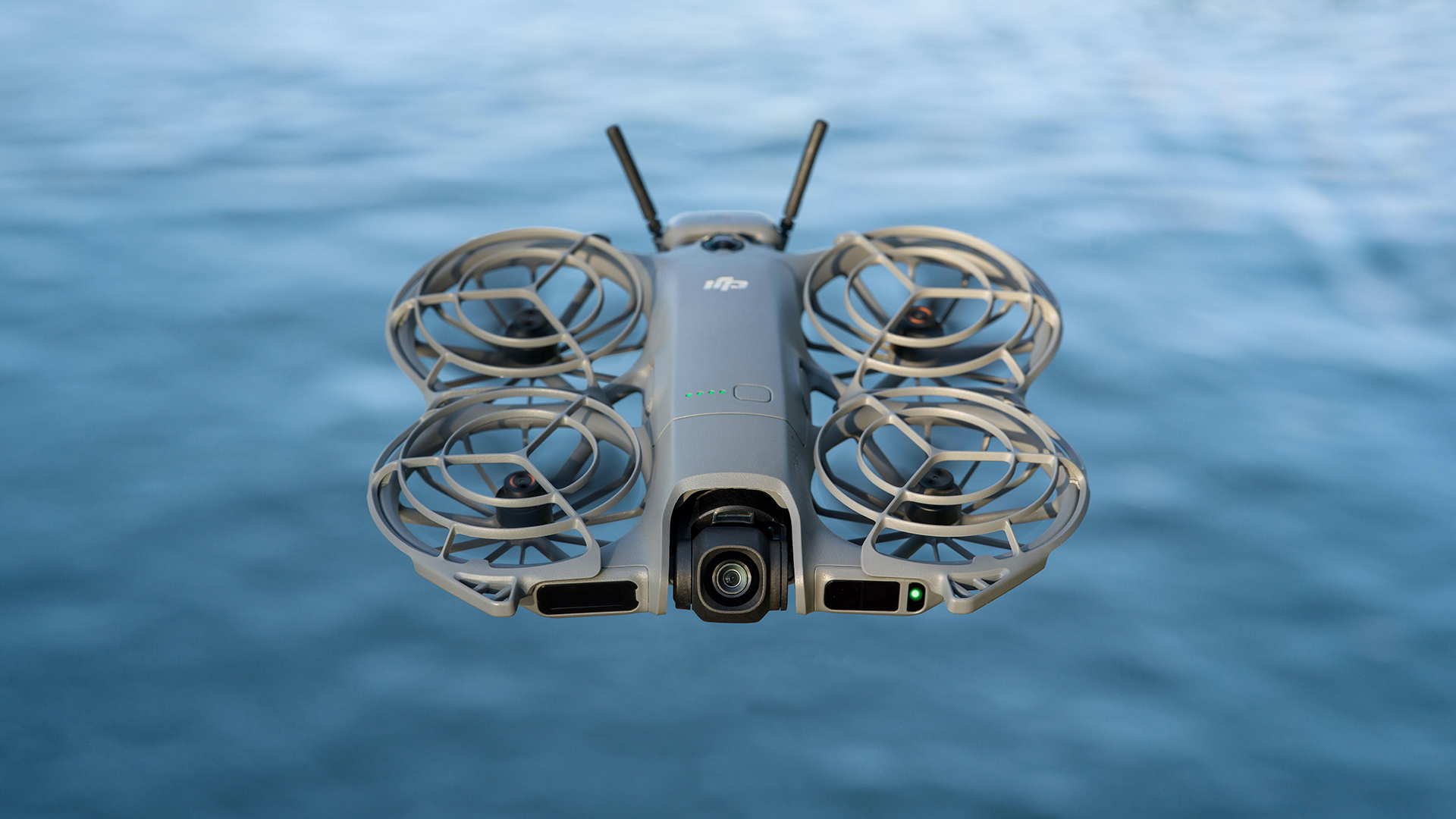
DJI Neo 2 makes big camera and safety leaps as rollout begins in China
The pint-sized Neo gets a big overhaul with sharper 4K video, LiDAR-assisted obstacle detection, and modular connectivity
By Matt Kollat Published
-
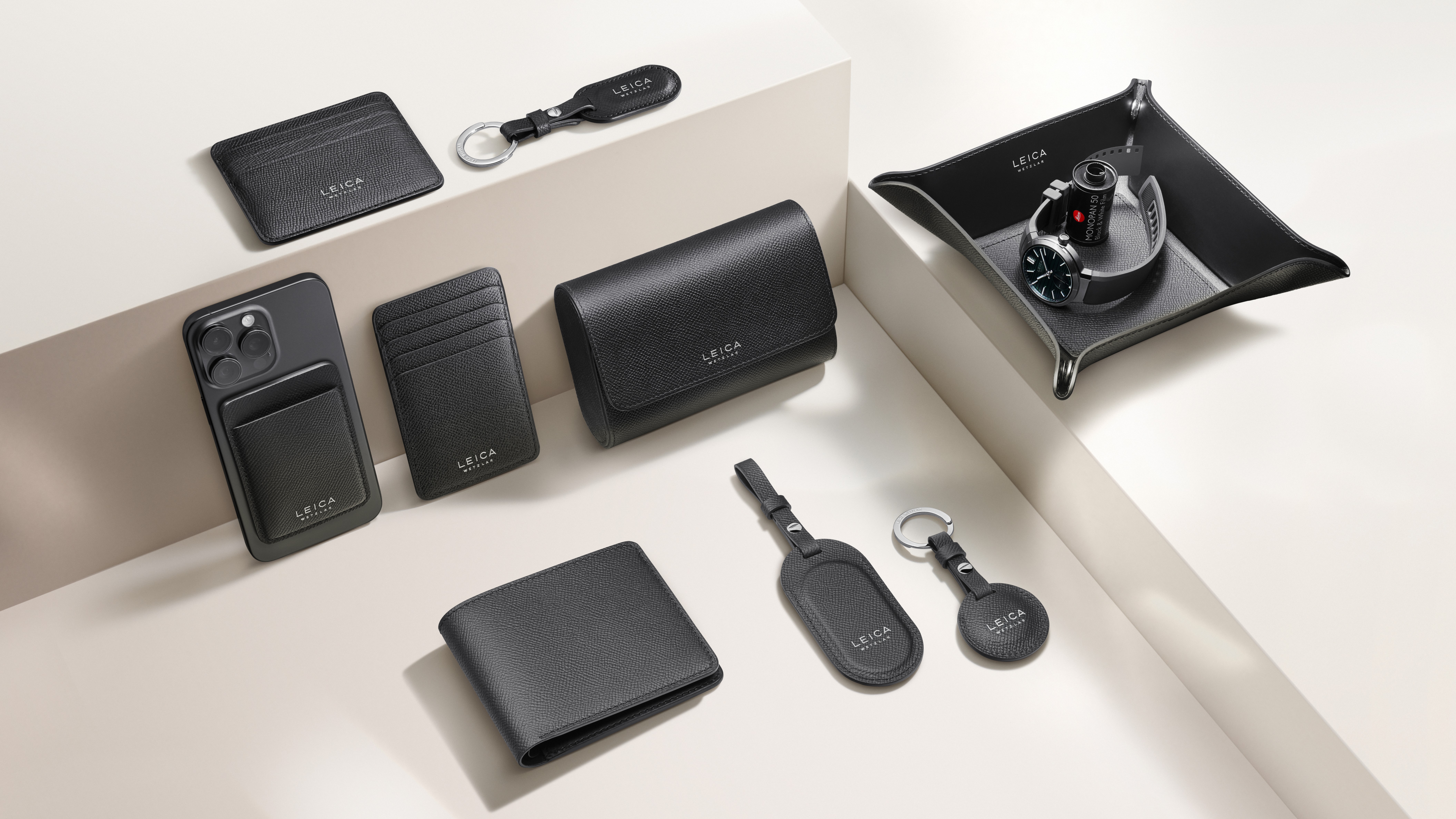
Leica unveils a range of luxury, leather lifestyle goodies – and they look killer
Show your support for the iconic German camera brand in all aspects of your life
By Sam Cross Published
-
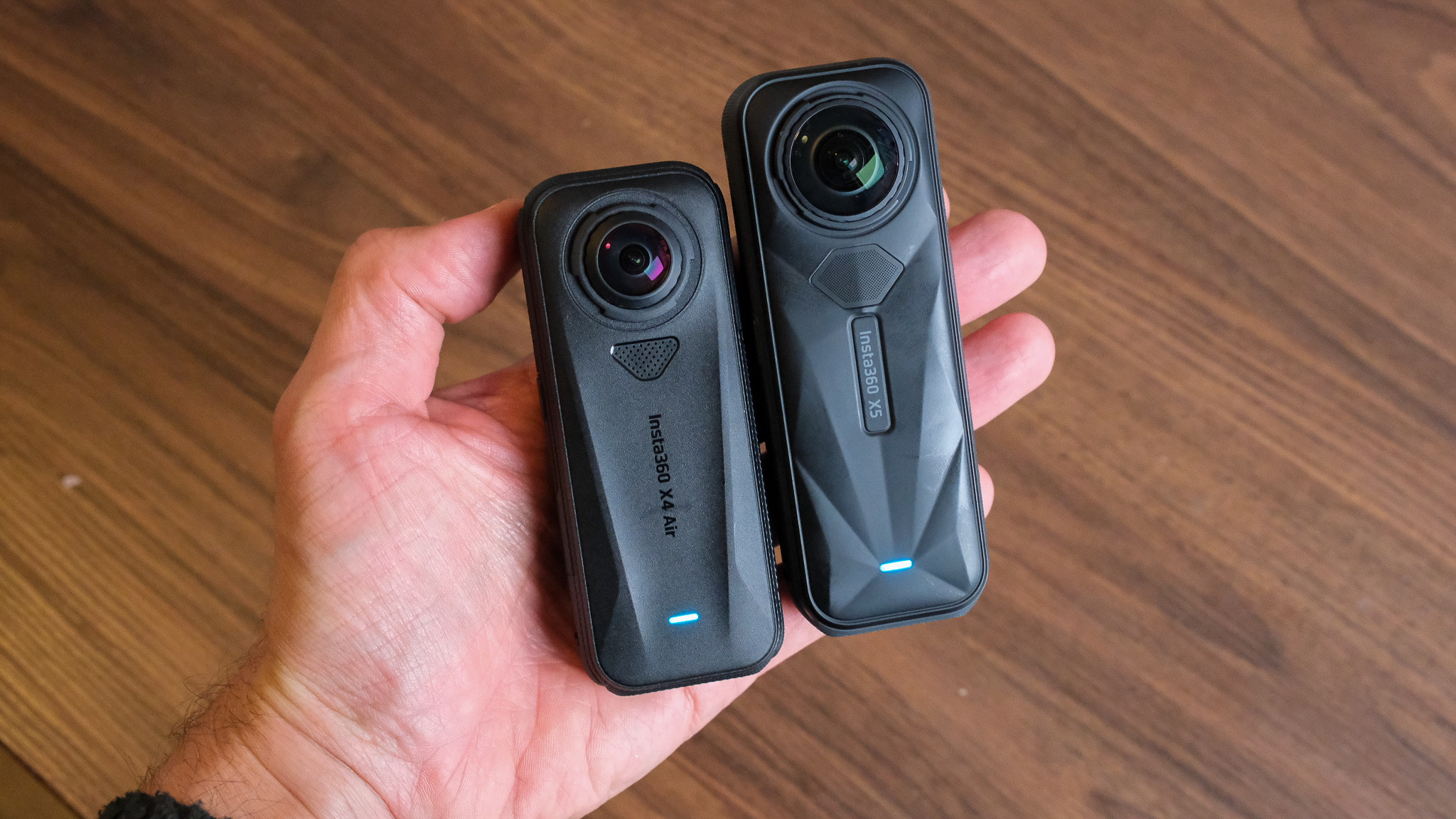
Insta360 X4 Air vs Insta360 X5: I’ve used both and one makes a lot more sense for most people
Two 8K cameras, one clear winner
By Matt Kollat Published
-

Best budget action camera 2025: feature-packed cams with bargain price tags
A round-up of the best budget action cameras to help you capture your adventures without breaking the bank
By Matt Kollat Last updated
-
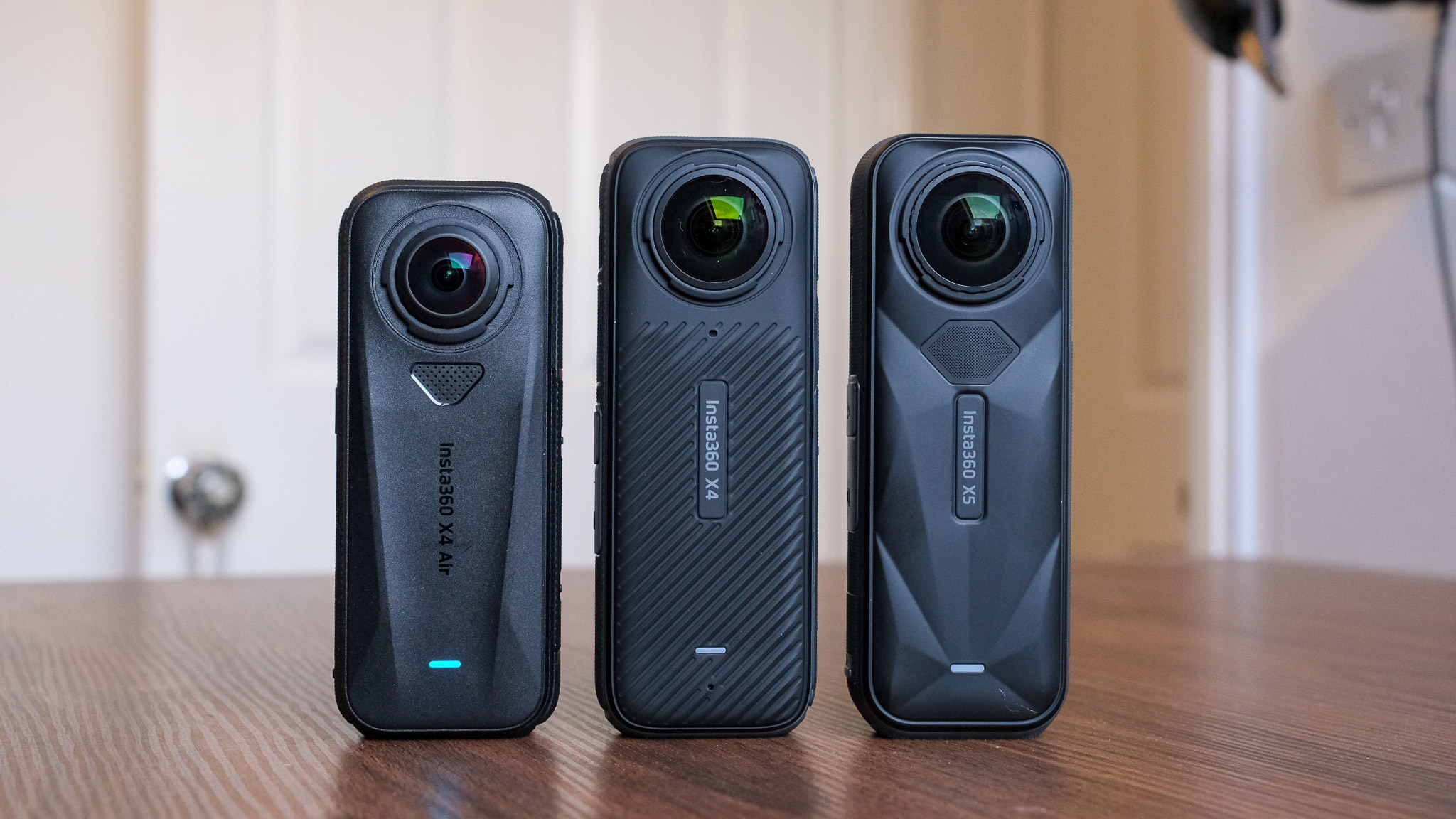
Insta360’s 90% surge hints at what’s next – and it’s flying straight at DJI
After a record-breaking year for sales and the launch of the X4 Air, Insta360 is ready to take its cameras airborne with a new drone brand
By Matt Kollat Published
-
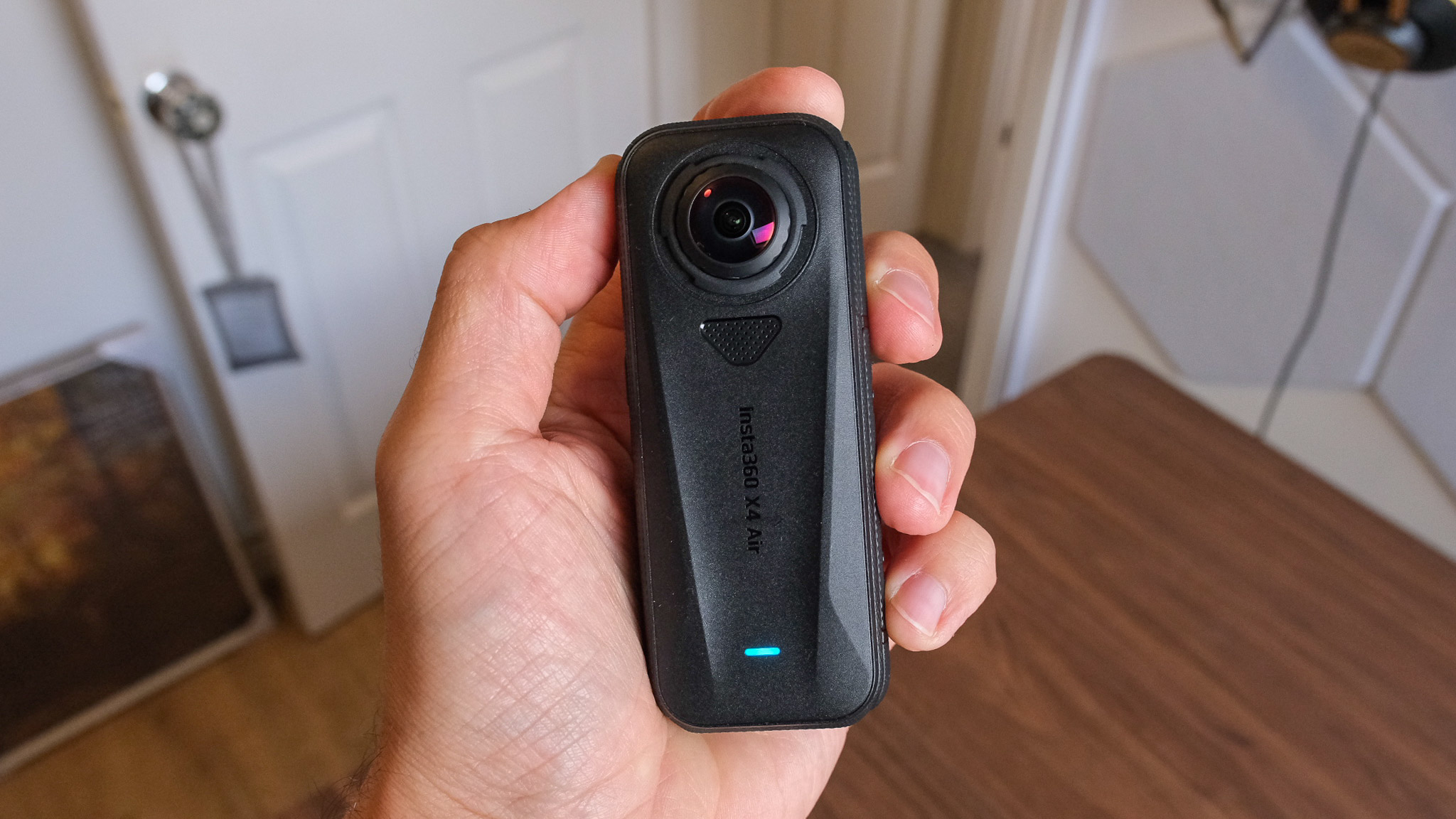
Insta360 X4 Air review: lighter, cheaper, and almost as powerful as the X5
All the 8K detail of the flagship, minus the bulk
By Matt Kollat Published
-
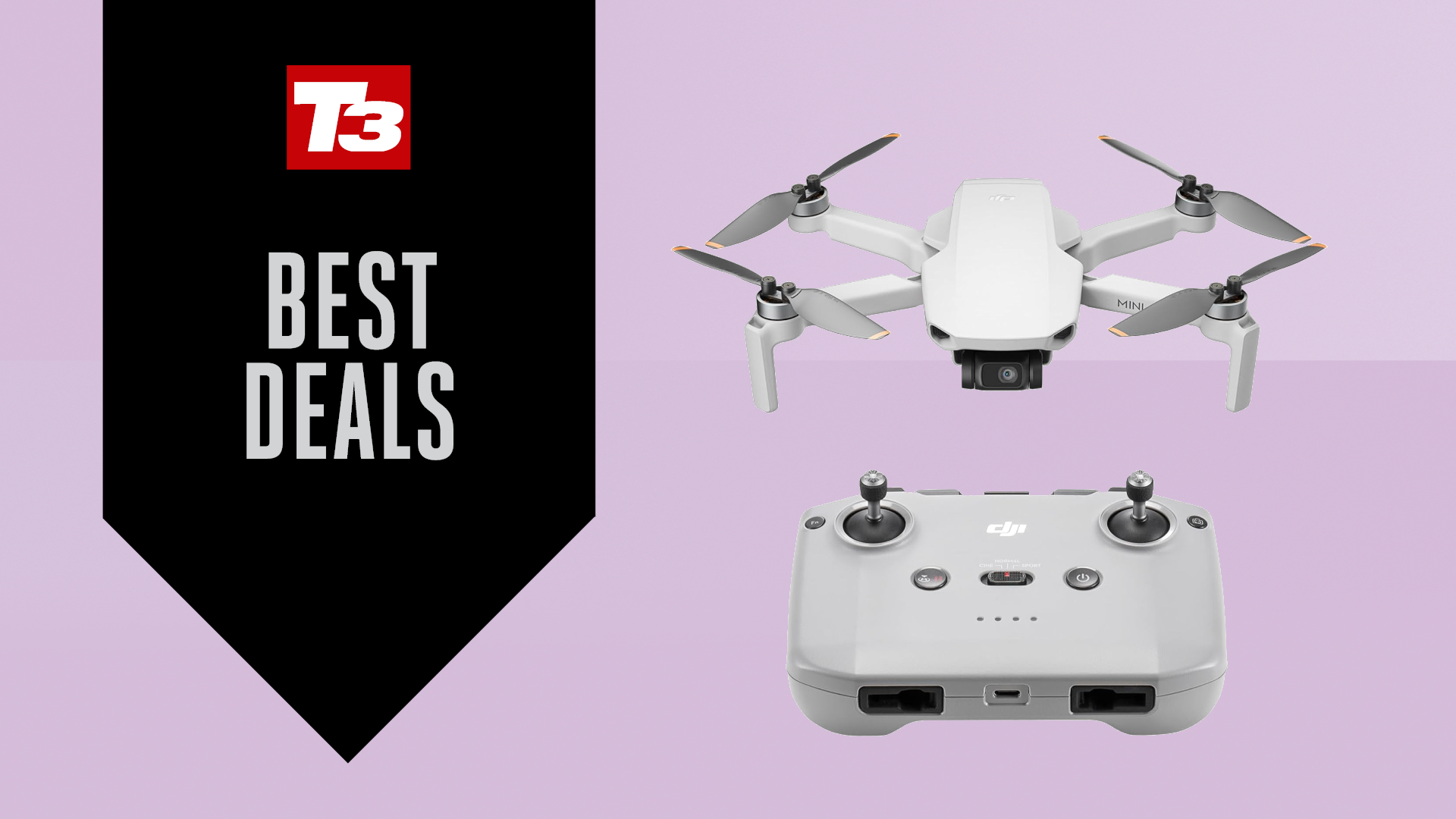
DJI’s palm-sized 4K drone drops to its cheapest price yet ahead of Black Friday
The Mini 4K is less than $240 – don’t let this amazing deal fly away
By Bryony Firth-Bernard Published
-
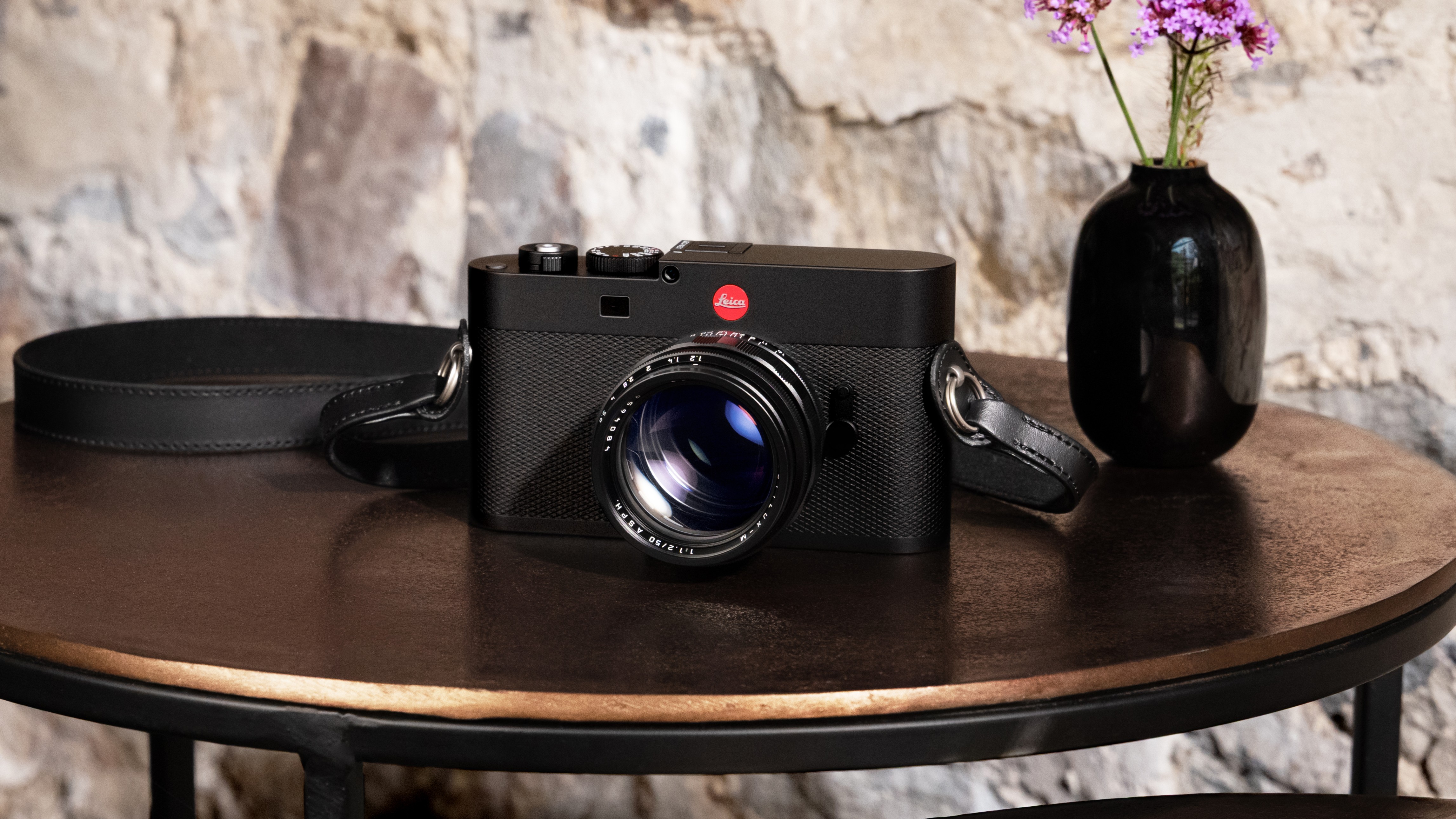
Leica just unveiled its most radical camera ever – and I love it
An M-Series camera with no optical rangefinder? Blasphemy!
By Sam Cross Published
-
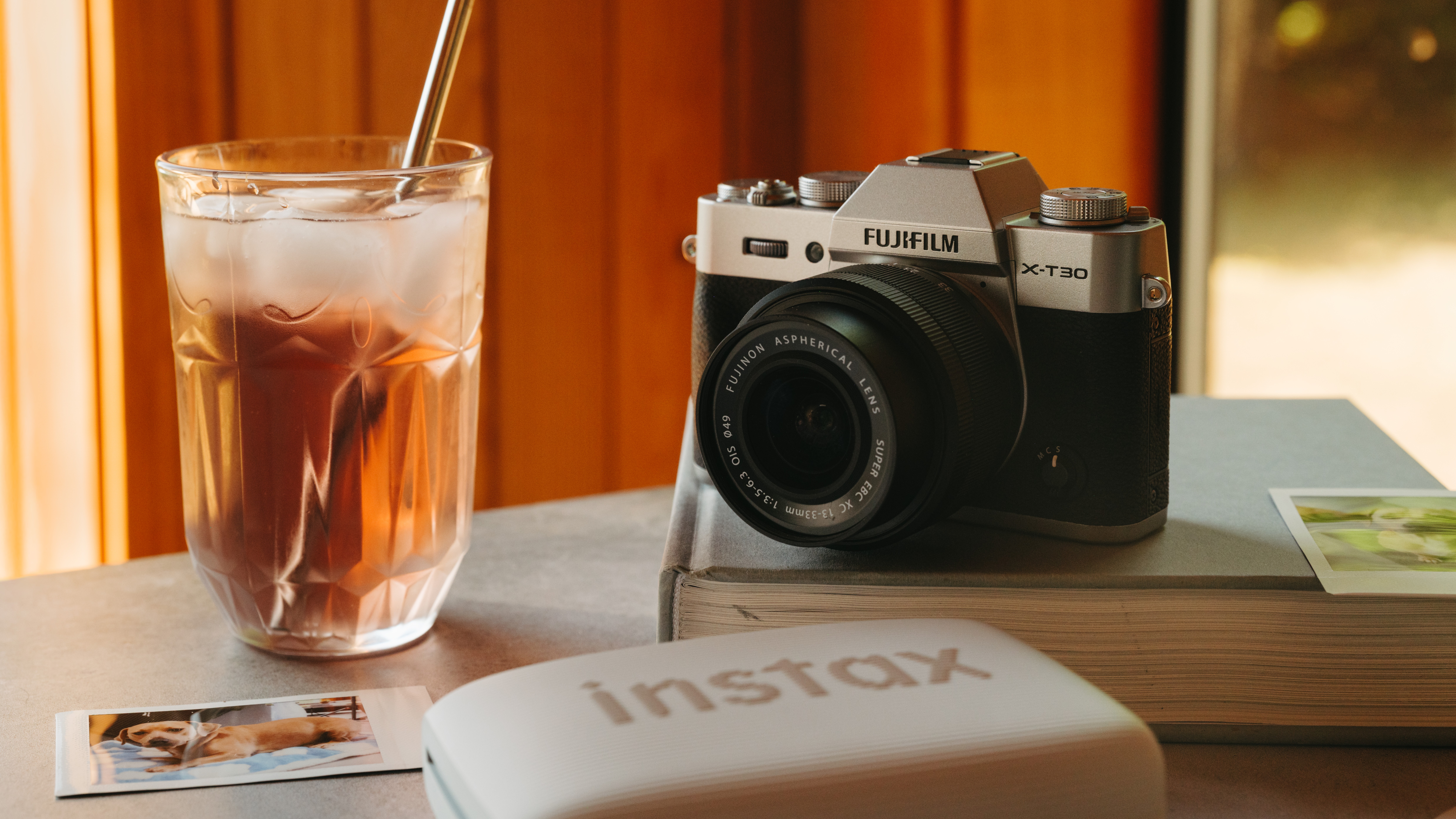
New Fujifilm camera is the ultimate entry-level photography solution
The Fujifilm X-T30 iii takes the Fujifilm X-M5 and makes it more photography focused
By Sam Cross Published
-
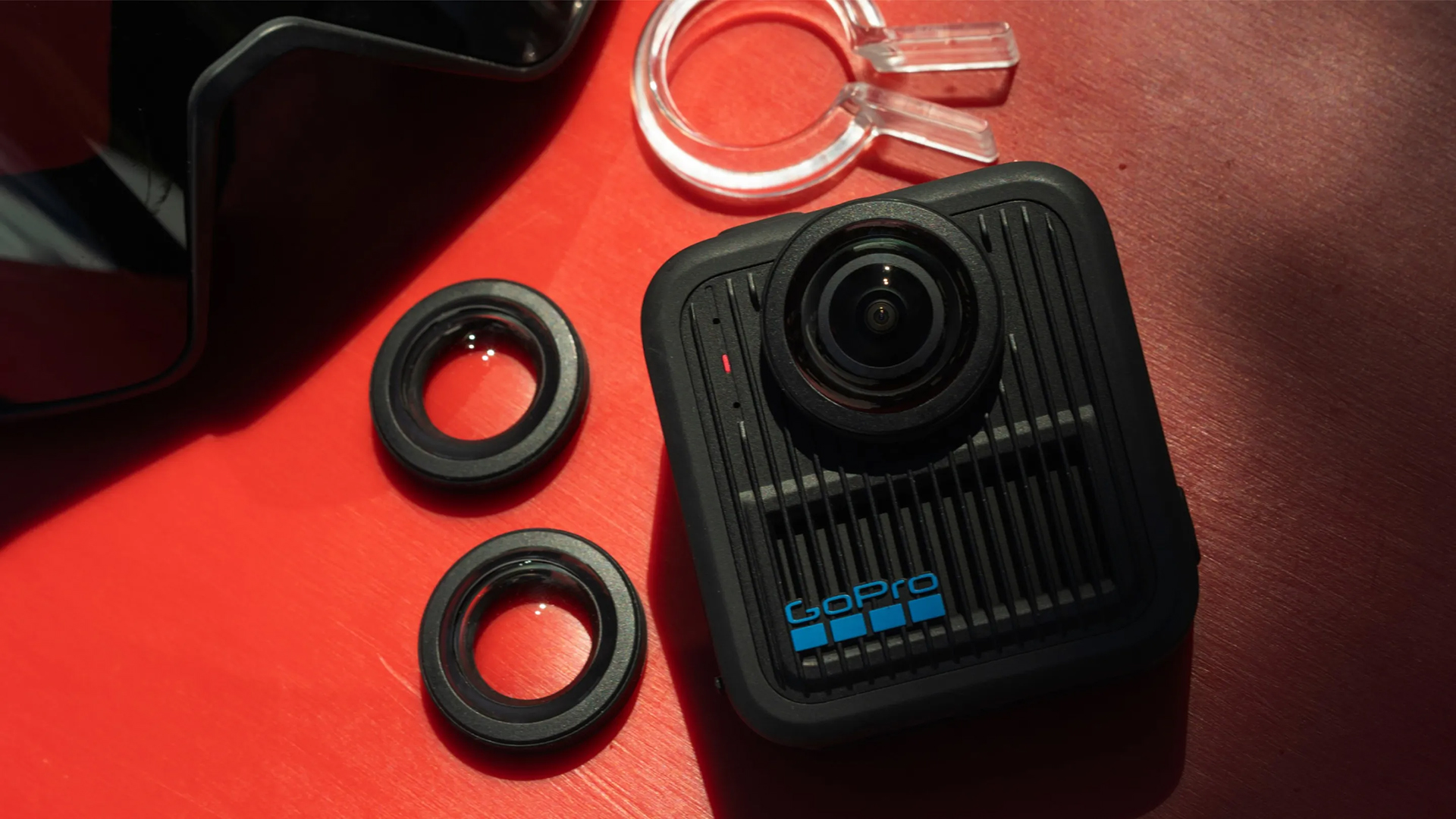
GoPro just dropped a ton of new gear for the MAX 2 – including one accessory fans have begged for
GoPro expands its 360° ecosystem with new mounts, batteries and the long-awaited replaceable lens kit
By Matt Kollat Published
